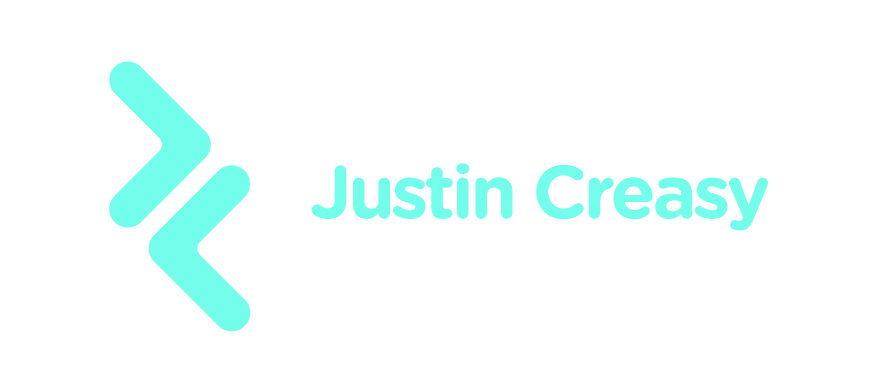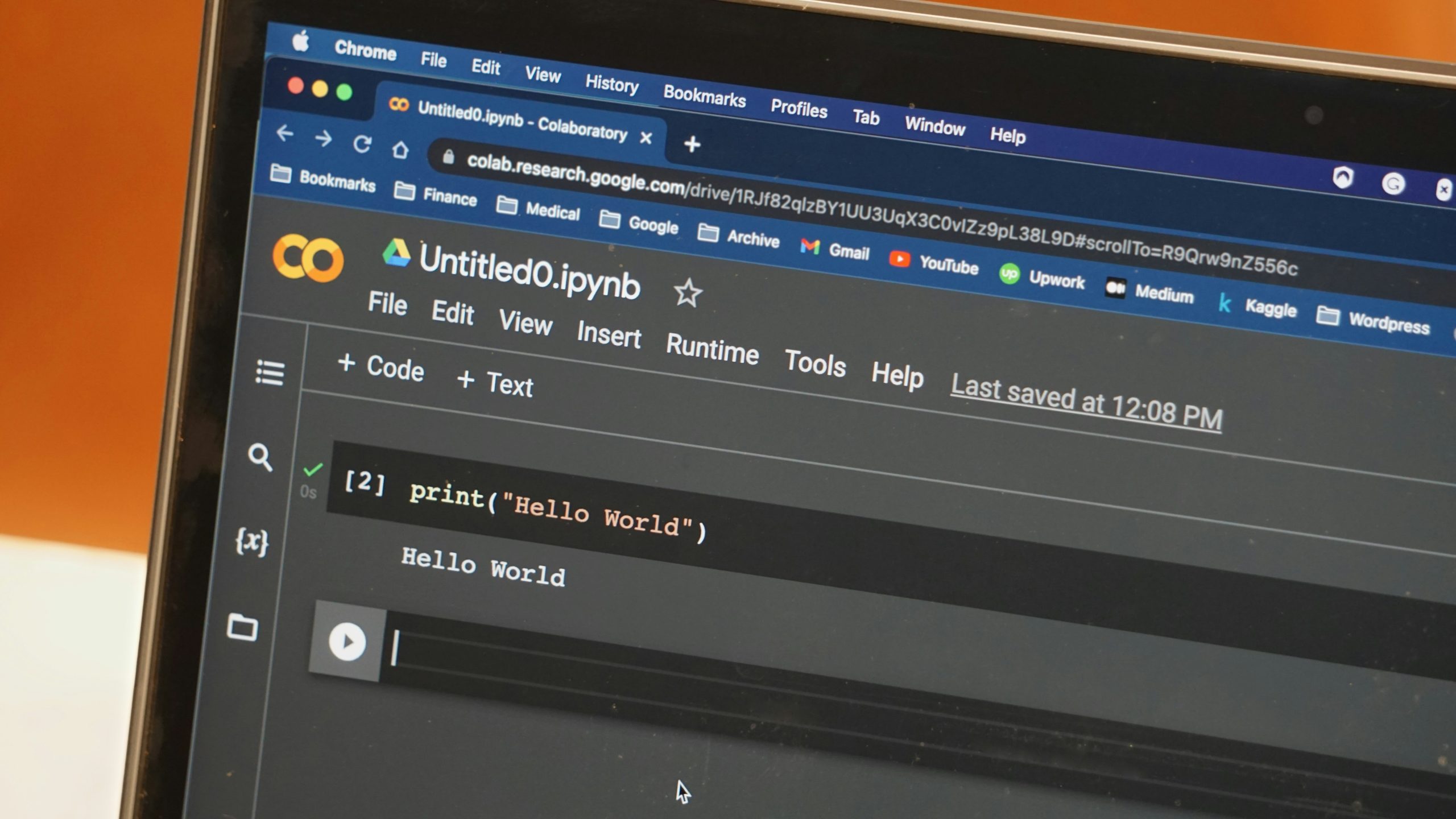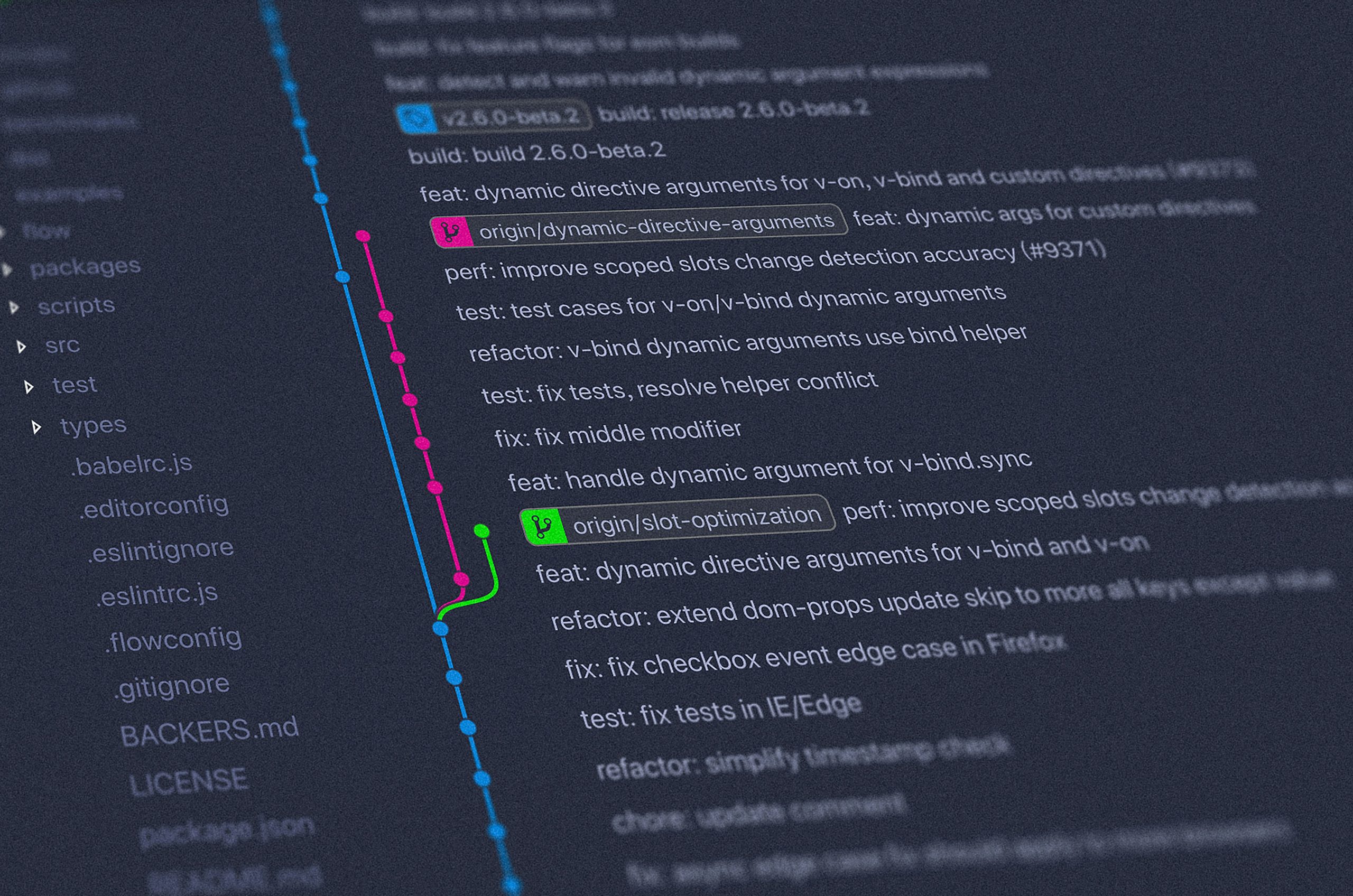The Ultimate Web Development Roadmap for Beginners
Entering the world of web development can be both exciting and overwhelming for newcomers. This comprehensive web development roadmap for beginners is designed to guide you through the essential skills and technologies needed to become a proficient web developer. Understanding this roadmap is crucial for anyone looking to carve a successful career in web development.
What Is Web Development?
Web development involves building and maintaining websites. It can range from creating a simple static page of plain text to complex web applications, electronic businesses, and social network services. As digitalization surges, mastering web development can open numerous career paths, making it an invaluable skill in today’s market.
Why Follow a Web Development Roadmap?
A structured roadmap helps beginners navigate the complex world of web development by providing a well-defined path. It ensures you acquire the foundational skills necessary before progressing to more advanced concepts, thereby eliminating confusion and optimizing your learning trajectory.
Essential Skills for Beginners
Before diving into specific technologies, it’s crucial to develop a strong understanding of a few fundamental skills.
- HTML & CSS: The Building Blocks
- HTML (HyperText Markup Language): The backbone of any web page. HTML is used to create the structure of web pages.
- CSS (Cascading Style Sheets): This controls the appearance and layout of web pages. It’s essential for adding individuality to your website.
- JavaScript: The Interactive Element
JavaScript is the programming language that enables interactivity on websites. From dynamic content updates to form validations and animations, JavaScript is indispensable. - Version Control/Git
Learning version control is crucial for tracking changes and collaborating with others. Git, a popular version control system, is widely used in the industry.
Front-End Development
Once you’re comfortable with the basics, you can move on to front-end development, which involves working on the parts of a website that users interact with directly.
- Responsive Design: Learn to create web pages that look good on all devices with CSS frameworks like Bootstrap.
- JavaScript Frameworks: Familiarizing yourself with libraries such as React, Angular, or Vue.js can greatly enhance your development capabilities.
Back-End Development
While front-end development focuses on the client side, back-end development is all about server-side logic and database management.
- Programming Languages: Get started with languages like Node.js, Python, or Ruby.
- Databases: Understanding databases is key. Learn basics of SQL and NoSQL databases like MySQL and MongoDB.
Tools and Best Practices
In addition to learning the technical skills, it’s essential to be familiar with industry-standard tools and best practices.
- Integrated Development Environment (IDE): Tools like Visual Studio Code can improve your coding efficiency.
- Testing and Debugging: Use debugging tools and testing frameworks to ensure your code is reliable.
Continuous Learning and Community Engagement
Web development is a rapidly changing field. Hence, staying updated with the latest technologies and trends is necessary.
- Online Resources: Websites like Mozilla Developer Network and freeCodeCamp offer valuable tutorials and articles.
- Community Participation: Engage with communities like Stack Overflow and GitHub to collaborate and learn from others.
Conclusion
By following this web development roadmap for beginners, you’ll be well-equipped to start your web development journey. Remember that learning web development is a continuous process. With determination and practice, you’ll be able to build captivating, user-friendly web applications. Happy coding!




